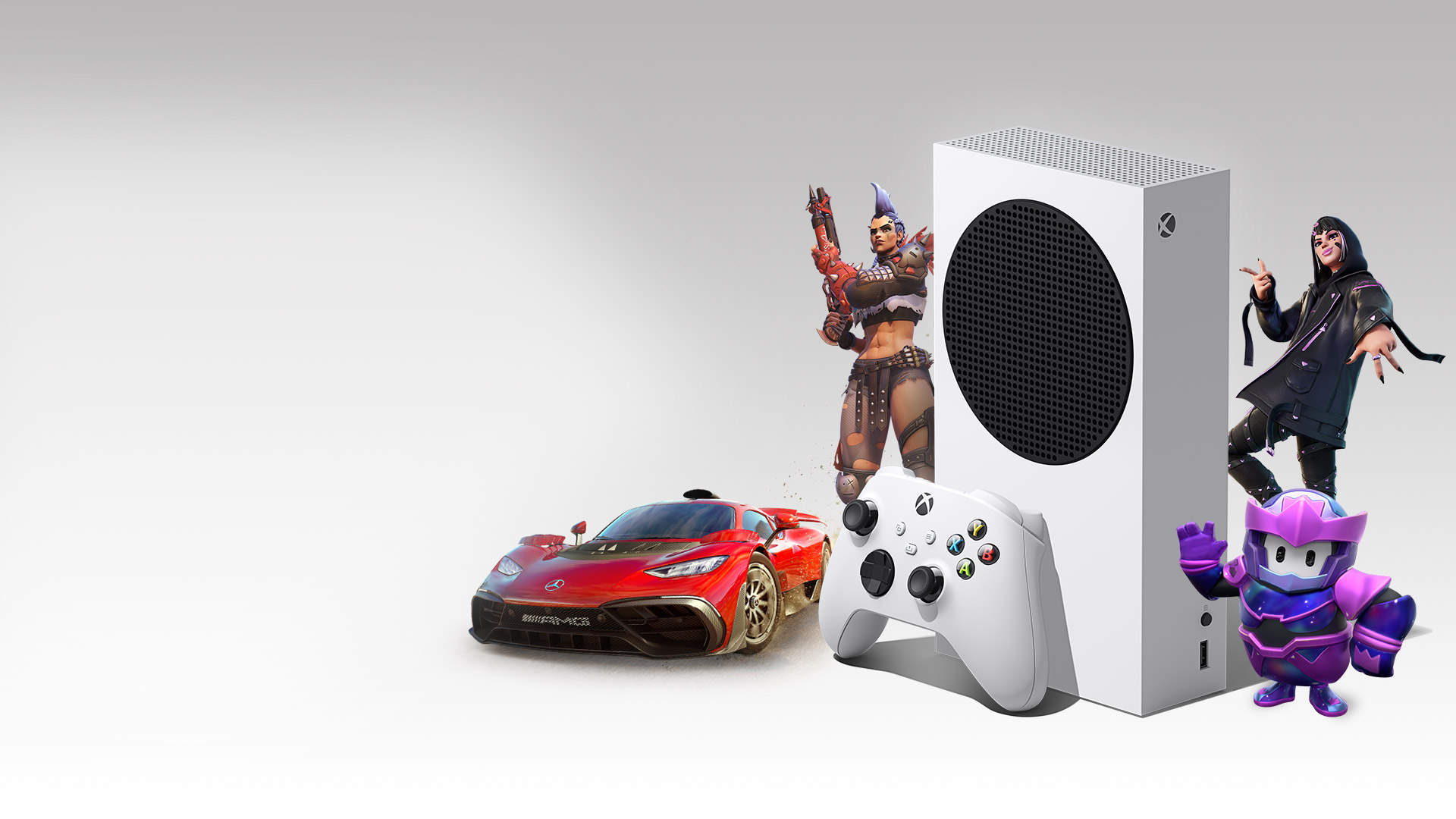
De Xbox Series S is een beetje een buitenbeentje wanneer het aankomt op current-gen consoles. Hij is minder duur, minder groot en vooral minder krachtig dan zijn grote broer, de Xbox Series X. Doordat de hardware minder krachtig is, zijn er ook bepaalde grafische opties die minder goed uit de verf komen op de Series S en één daarvan is ray tracing. Digital Foundry onderzocht hoe de Xbox Series S nu écht omgaat met ray tracing.
Verschillende games worden getest zoals Metro Exodus of de Matrix Awakens demo. De resultaten waren gemengd: door het tekort aan RAM zijn de capaciteiten van de console nu eenmaal beperkt. Toch blijft het indrukwekkend dat de Xbox Series S erin slaagt om ray tracing te produceren, maar men vraagt zich wel af in hoeverre het nuttig is dit echt te gebruiken.
“With 10GB of RAM – of which around 8GB is available for developers – there’s little room to store the complicated acceleration structures that make real-time ray tracing possible in the first place. BVHs can take up a lot of area in memory, which the Series S doesn’t have room to spare in a lot of cases. RT can be delivered effectively on the console, but clearly a lot of work is required to make it happen.
And the games that do use RT are often best enjoyed without it. The 30fps vs 60fps split for RT and fully rasterised modes is very typical on the console and given the choice, it’s rare that I’d choose an RT-based quality mode over a 60fps performance alternative […] it’s often a better choice to enjoy lower input lag and more fluid animation over an implementation of ray tracing that usually doesn’t bring a transformative improvement to the presentation.”
Bekijk de volledige analyse hieronder.
De series S is helaas een anker aan de ontwikkeling van current gen games. Wie dat bedacht heeft mag van mij een schop onder zn hol krijgen.
@Anoniem-5308: Ankers worden vanzelf gelost komt goed!!
@Anoniem-5308:
Dat dacht ik ook, totdat iemand een reactie plaatste paar dagen geleden hier. Dat dat niet uitmaakt. Omdat er op pc ook low mid en high en ultra graphics zijn.
@Anoniem-5902:
Dat klopt ook wel, maar het brengt wel exstra kosten met zich mee voor de ontwikkelaars, met als gevolg dat sommige ontwikkelaars hun game niet willen uitbrengen op de Series-S ‘en dus ook niet op de Series-X en misschien zelfs op de ps5’.
@RobanosSmatros: Niet deze anker met betonblok eraan.
Ik heb de series S aan mn 4K tv en ik vindt het een hele goede console.. Oké hij is minder krachtig dan de X maar 4K gaming is voor mij persoonlijk niet zn must have op 1080P en 60fps doet ie prima zn ding en daar ben ik erg tevreden over
Wat een onzin van dat anker, gewoon schalen qua resolutie, fps en grafische instelling en de Series S loopt prima mee in de huidige generatie consoles, dus net zoals op pc al gebeurt. Er zijn talloze voorbeelden van games die perfect lopen op de Series S, het is simpelweg een prima console voor 1080/1440P 30/60 FPS. Stoppen met ontwikkelen voor de last gen consoles zou wel een goede stap zijn, die vallen gewoon keer op keer door de mand vanwege de trage CPU en opslag.
@Anoniem-5902: Developers vinden het over het algemeen niet leuk als ze voor steeds meer verschillende apparaten hun game moeten optimaliseren. Vooral de series S is dan lastig, omdat het deze hele generatie de games moet kunnen draaien. Nu gaat het nog, omdat het veelal cross-gen games zijn geweest. Zometeen komen er meer en meer games voor alleen deze generatie consoles. Dan ga je het verschil zien.
Hoewel hij minder krachtig is dan de series X ben ik toch blij met mijn series S. Deze heeft een mooi plekje naast mijn PS5 en bied mij middels gamepass toegang tot alle toppers van microsoft voor een klein bedrag per maand.
@Anoniem-5308: Dat zien we aan Forspoken inderdaad.
@Anoniem-1552: ook die ziken maak je maar niet druk!!
@Anoniem-2013: welke toppers haha
Vind de zogenaamde experts wel grappig hier in de comments. Denken jullie echt dat zonder de Series S games echter mooier en beter worden ?
Tuurlijk niet. We hebben al meerdere voorbeelden gehad van games die op elk systeem dramatisch draaien Gotham knights, Forsaken bv.
@Anoniem-5902: een pc is geen console dus het ligt een stuk moeilijke de de optimalisatie voor het systeem dus het is een anker die ze steeds in hun achterhoofd moeten houden voor niet exclusieve games
Ray tracing op series X / ps5. Het is er wel maar je hebt er helemaal niks aan. RT gaat altijd gepaard met 30fps en dat kan echt niet. Blokkerig beeld alsof je gedowngrade bent naar een ps1 maar wel mooi beeld, het is een grote grap bedoeld voor mensen die er geen verstand van hebben zodat er wat te opscheppen valt.
En als we het puur over beeld hebben dan blijft alleen nog 4k over als upgrade tegenover de S series. Dat kan wel echt een verschil maken maar..
Zit je bijvoorbeeld verder als 3,5 – 4 meter van je 65inch tv dan is ook dat gedeelte vervaagd.
Je kan het verschil gewoon niet meer waarnemen met 2k of 1080.
De S series is eigenlijk voor de meeste mensen de beste koop maar dat zal niemand snel toegeven.